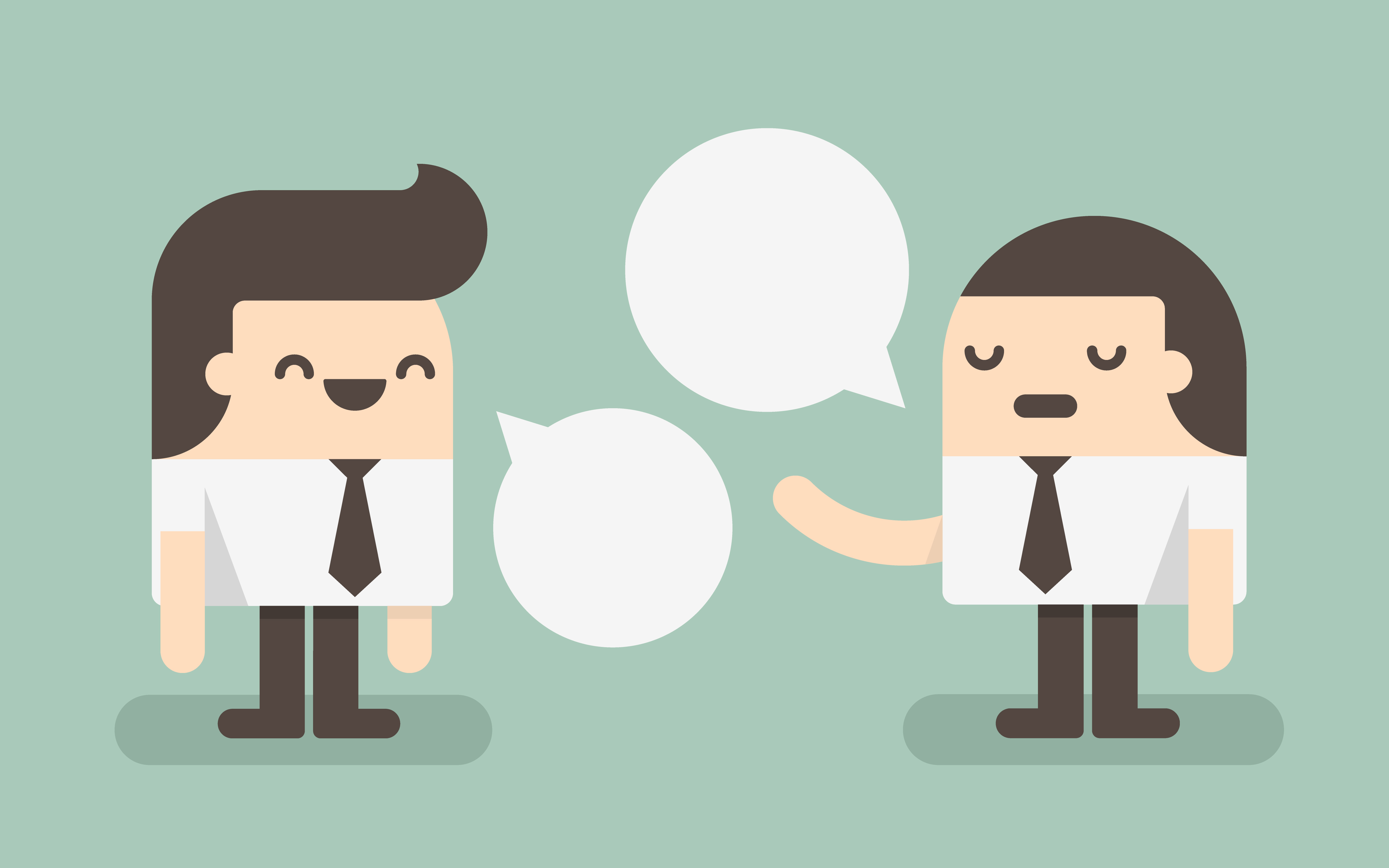Talk on and on, a phrase that rolls off the tongue with ease, yet carries within it a multitude of implications. From the medical condition of logorrhea to the social consequences of excessive talking, this topic weaves a complex tapestry that touches upon communication, psychology, and cultural norms.
Delving into the depths of this subject, we will explore the underlying causes of logorrhea, its impact on relationships, and strategies for managing excessive talking in social situations. We will also examine the cognitive and psychological factors that contribute to this behavior, as well as the cultural and societal influences that shape communication patterns.
Logorrhea
Logorrhea, also known as excessive speech, is a medical condition characterized by an abnormally high rate of speech that is often accompanied by difficulty controlling the flow of words. Individuals with logorrhea may speak excessively, rapidly, and incoherently, making it challenging for others to follow their conversations.Logorrhea
can manifest in various forms, ranging from mild to severe. In mild cases, individuals may simply talk excessively without significantly impairing communication. However, in severe cases, logorrhea can significantly interfere with social interactions, occupational functioning, and overall quality of life.
Social Implications of Excessive Talking
Excessive talking, or logorrhea, can have a profound impact on social interactions. Individuals who engage in excessive talking may find themselves dominating conversations, interrupting others, and monopolizing social gatherings. This behavior can create a negative atmosphere, alienate listeners, and damage relationships.
Impact on Relationships
Logorrhea can strain relationships by creating a power imbalance. The excessive talker may dominate conversations, leaving little room for others to express themselves. This can lead to feelings of resentment and frustration among listeners, who may feel undervalued or unheard.
Additionally, excessive talking can make it difficult to build meaningful connections, as it prevents the development of reciprocal communication.
Effective Communication vs. Excessive Talking
Effective communication involves a two-way exchange of information, ideas, and emotions, where both parties actively listen, understand, and respond appropriately. Excessive talking, on the other hand, is a one-sided, often incessant verbalization that dominates conversations and prevents others from participating.
In the enigmatic realm of crosswords, the “fell as a tree” clue evokes images of majestic timber toppling gracefully to the earth. Just as the gentle sway of leaves precedes a tree’s descent, the harmonious integration of a link to fell as a tree crossword clue enhances the puzzle-solving experience.
Key Differences
- Purpose:Effective communication aims to convey information, foster understanding, and build relationships, while excessive talking serves primarily to satisfy the speaker’s need for attention or self-expression.
- Reciprocity:Effective communication involves turn-taking and active listening, ensuring that both parties have an opportunity to express themselves. Excessive talking disrupts this balance, silencing others.
- Nonverbal Cues:Effective communication considers nonverbal cues such as body language, tone of voice, and facial expressions, which convey important messages. Excessive talking often ignores these cues, resulting in misinterpretations.
Importance of Active Listening and Turn-Taking
Active listening is essential for effective communication. It involves paying attention to what others say, both verbally and nonverbally, and demonstrating understanding through verbal and nonverbal cues. Turn-taking ensures that all participants have an opportunity to contribute, fostering a sense of equality and respect.
Tips for Improving Communication Skills and Reducing Excessive Talking
- Practice active listening:Focus on understanding the speaker’s message, ask clarifying questions, and summarize to demonstrate comprehension.
- Be mindful of turn-taking:Allow others to speak without interrupting, and use verbal cues like “Go ahead” or “I’d like to add” to indicate when you want to contribute.
- Use “I” statements:Express your thoughts and feelings using “I” statements, which convey ownership and reduce defensiveness.
- Reflect on your communication style:Observe your own communication patterns and identify areas where you may be talking excessively. Seek feedback from trusted friends or colleagues.
- Seek professional help if needed:If excessive talking significantly impacts your relationships or professional life, consider seeking professional help from a therapist or counselor.
Cognitive and Psychological Factors: Talk On And On
Excessive talking, also known as logorrhea, can stem from a complex interplay of cognitive and psychological factors. Understanding these underlying mechanisms is crucial for effective communication and healthy social interactions.
Anxiety and Logorrhea
Anxiety disorders, such as social anxiety and generalized anxiety disorder, can trigger excessive talking as a coping mechanism. Individuals with anxiety may feel compelled to fill silences or express their thoughts and feelings excessively to alleviate their anxious thoughts and feelings.
Attention Deficit Disorders and Logorrhea, Talk on and on
Attention deficit hyperactivity disorder (ADHD) and attention deficit disorder (ADD) can also contribute to logorrhea. These conditions impair attention and focus, making it difficult for individuals to inhibit their speech. They may struggle to control their impulses, leading to excessive talking as a way to compensate for their attention deficits.
Amidst the digital landscape, the ubiquity of social media apps can sometimes veil their inherent banality. Like a mirage that distorts reality, the constant bombardment of curated content can blur the lines between authenticity and artifice. A timely link to social media app banality serves as a poignant reminder to navigate these virtual realms with discernment.
Other Mental Health Conditions and Logorrhea
Various other mental health conditions, such as bipolar disorder and schizophrenia, can manifest as excessive talking. These conditions can affect an individual’s thought patterns and speech, leading to pressured speech, racing thoughts, or disjointed conversations.
Cultural and Societal Influences
The way we communicate is heavily influenced by the culture and society in which we live. These factors shape our communication norms, expectations, and patterns.
In the vibrant world of card games, the “action in Uno” clue beckons players to unleash their competitive spirit. As cards are drawn and discarded, the thrill of victory and the sting of defeat dance in perfect harmony. A seamless transition to action in uno crossword clue invites players to delve deeper into the strategic nuances that make this game a timeless favorite.
For instance, in some cultures, it is considered polite to speak softly and indirectly, while in others, it is acceptable to be more direct and assertive. Similarly, the age and gender of a person can also influence their communication style.
Impact of Social Media and Technology
In recent years, social media and technology have had a significant impact on communication patterns. These platforms have made it easier for people to connect with others from all over the world, but they have also led to some changes in the way we communicate.
- For example, social media has made it possible for people to communicate with each other in real-time, regardless of their location.
- Additionally, technology has made it easier for people to share information and ideas with a wider audience.
Closing Summary
In conclusion, talk on and on is a multifaceted phenomenon that requires a nuanced understanding of its medical, social, and psychological aspects. By recognizing the underlying factors that contribute to excessive talking, we can develop effective strategies for managing this behavior and fostering more meaningful communication.
FAQ Corner
What are the common symptoms of logorrhea?
Individuals with logorrhea may exhibit rapid and incessant speech, difficulty controlling the volume or rate of their speech, and a tendency to interrupt or talk over others.
How does logorrhea impact relationships?
Excessive talking can strain relationships, as it can lead to feelings of frustration, resentment, and a lack of connection.
What strategies can help manage excessive talking in social situations?
Practicing active listening, taking turns speaking, and setting time limits for conversations can help individuals manage excessive talking in social situations.


